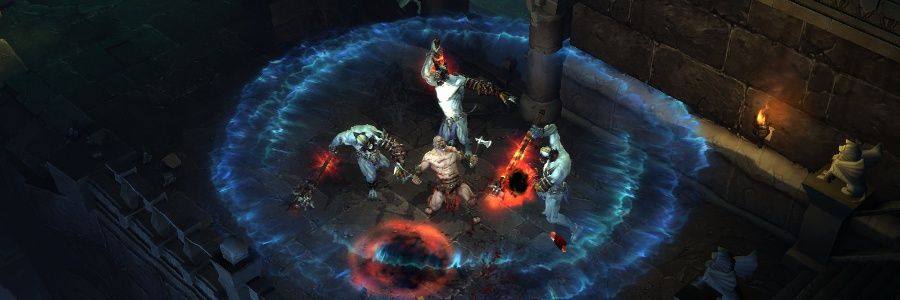 They're the A-Team, you know they're soldiers of fortune. They're the A-Team, helping people in need. You can pretend that you're Hannibal, Murdock or Face. Or Maybe B. A. Baracus; you know each one is an ace. Yes, folks, it's the A-Team, those paragons of early-80's action cheese who have inexplicably risen to cult status thanks to legions of pre-teen boys who have now managed to grow to adulthood without outgrowing schlock. Don't get me wrong, if you're a fan of A-Team, I understand where you're coming from and even better, I have good news for you: there's a big budget film version coming out this year and I've got the trailer right here to prove it.
They're the A-Team, you know they're soldiers of fortune. They're the A-Team, helping people in need. You can pretend that you're Hannibal, Murdock or Face. Or Maybe B. A. Baracus; you know each one is an ace. Yes, folks, it's the A-Team, those paragons of early-80's action cheese who have inexplicably risen to cult status thanks to legions of pre-teen boys who have now managed to grow to adulthood without outgrowing schlock. Don't get me wrong, if you're a fan of A-Team, I understand where you're coming from and even better, I have good news for you: there's a big budget film version coming out this year and I've got the trailer right here to prove it.But wait! There's more! I know what you're thinking: how could there possibly be more when we already have an A-Team trailer?! But yes, we also have here the new trailer for The Losers. Now, everyone knows that the A-Team is a crack squad of former government operatives who are now on the other side of the law, taking on missions nobody else will while the government tries to put them away for good. But The Losers have their own unique story: a crack squad of former government operative who are now on the other side of the law, these fighting men take on missions nobody else will while the government tries to put them away for good. Only, their main motive is revenge, not altruism. See the difference?
The Losers, of course, is based on the Vertigo Comics title of the same name, which unfortunately has nothing whatsoever to do with the 70's DC war comic that they stole the name from. That was a huge disappointment to me since I am essentially the only living person who purposely put together a full run of Our Fighting Forces featuring The Losers, but for most comics fans they couldn't care less because the Vertigo version was both popular and critically acclaimed. So while I am weeping at the absence of Una from this project and pining away for Capt. Storm's wooden leg, the rest of comicdom is frothing at a chance to see The Losers come to life on the big screen.
So which trailer wins? Will the epic improbability of Liam Neeson as Hannibal manage to outweigh the spectacle of Jeffrey Dean Morgan (i.e. The Comedian from Watchmen) returning for more DC Comics action? Let's find out... NOW!
Okay, take a minute to towel off.
So what do we think? Well, let's star with the A-Team preview first. As trailers go, this one is pretty great. It manages to capture the essence of the original show, nicely introducing and teasing all the classic elements (even the van!) without being too obtuse for younger viewers to follow. Of course, A-Team isn't exactly brain surgery, so the formula is pretty simple, but for my money they nailed it here. I have a weird feeling the film itself is probably going to suck (though not nearly as much as, say, G. I. Joe or the exponentially suckier Transformers), but the trailer is pretty great. And for all those internet people complaining that the tank sequence at the end of the trailer is cheesy: it's the A-Team. That kind of nonsense is exactly what the show was about, love it or hate it. So quitcher bellyaching.
The Losers, on the other hand, is catering to a much smaller built-in audience and I think has to exhibit broader appeal, because most viewers aren't going to be as familiar with the comic as they are with A-Team. With that in mind, the trailer relies less on familiarity with the characters and more on familiarity with the editing style of the clip: with its freeze frames, one-liners and use of graphics, the trailer resembles nothing so much as a cross between Ocean's 13 and Reservoir Dogs. For a certain segment of the audience, of course, that would be a heady mix indeed. I think they went a little too strong on the comedy aspect in the trailer -- the numerous clips of Chris Evans's wisecracking commando began to resemble Ryan Reynolds's excrutiating turn as Hannibal King in Blade III -- but overall I think they've done a pretty good job of making this look like a fun time at the movies. And the presence of current it-girl Zoe Saldana in the cast doesn't hurt either.
My Grades: The A-Team trailer gets, appropriately enough, an A- in terms of catering to its fan base, while it still gets a respectable B for the general public. The Losers also clocks in with a B for me. Though both films are dancing right on the edge of cheesiness, I suspect that A-Team will go headlong over that edge while The Losers might manage to toe the line a little better. Time will tell, but these are both pretty effective trailers overall.




















































